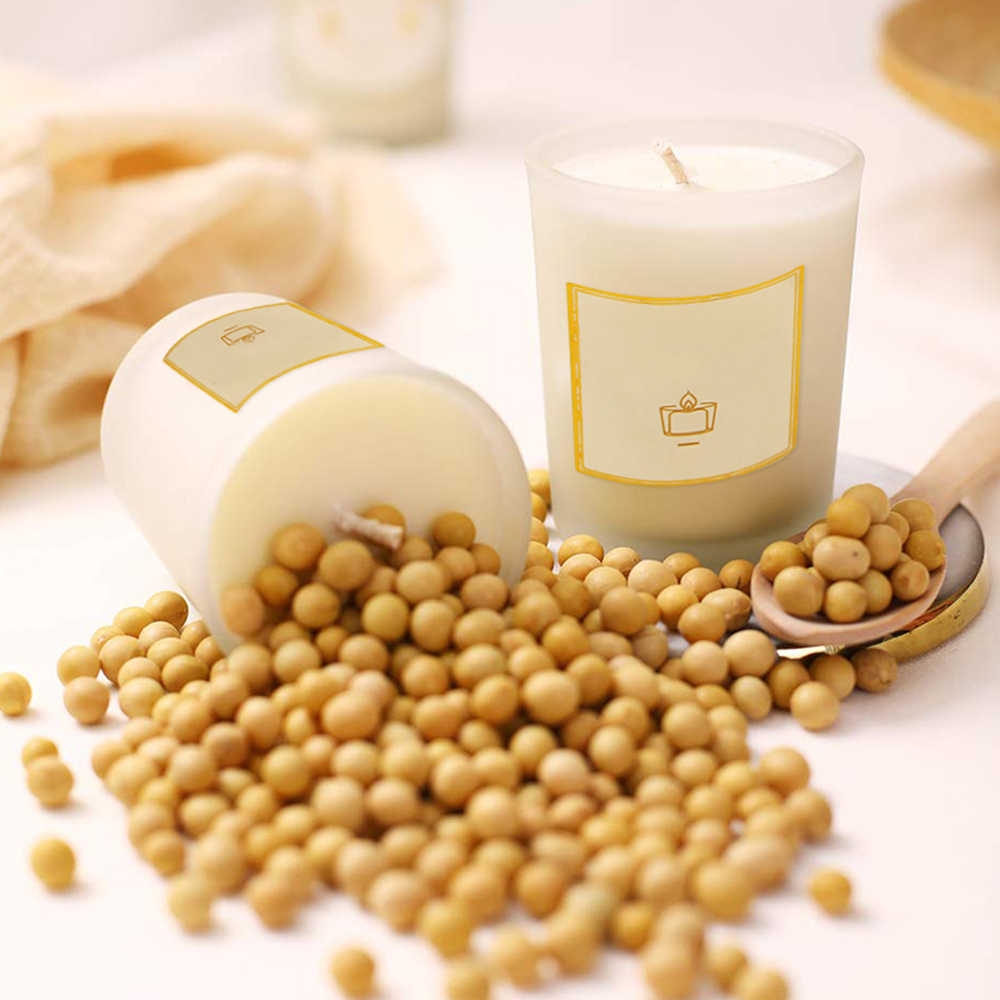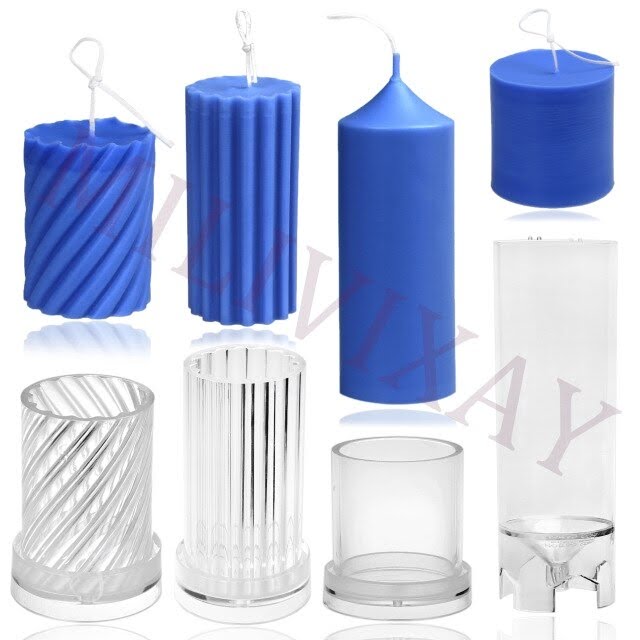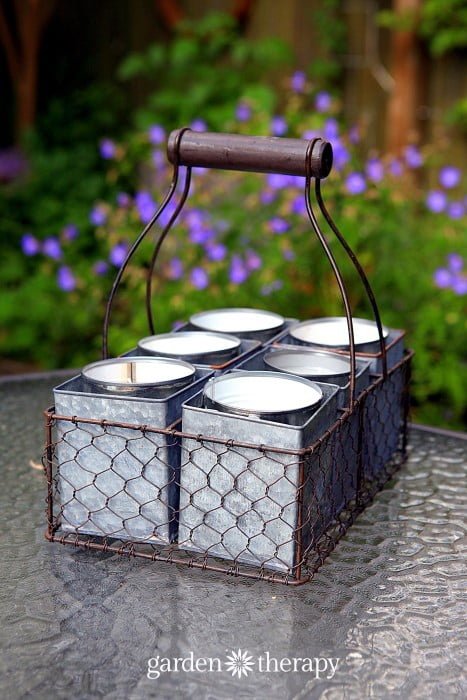Are you looking for a fun and educational experiment to do with your kids at home? Look no further than the science of making candles. This hands-on activity not only teaches about chemistry, heat, and temperature but also provides a fascinating insight into the physics and safety precautions involved in candle-making.
The process of making candles is not just about creating beautiful and aromatic items; it is also a captivating exploration of scientific principles. From understanding the chemical reactions that occur during the process to delving into the physics of how a candle wick burns, there are numerous scientific concepts at play in this simple yet engaging experiment.
In this article, we will take a closer look at the science behind candle-making, exploring everything from the chemistry of wax to the physics of wick burning. Understanding these scientific principles not only enhances our appreciation for the art of candle-making but also provides valuable insights into everyday phenomena. So, grab your supplies and get ready to embark on an illuminating exploration of the science behind making candles.
The Chemistry Behind Candle-Making
Candle-making is not only a fun and creative activity, but it also involves fascinating scientific principles. The process of making candles involves various chemical reactions that occur to transform wax and a wick into a beautifully burning source of light. Understanding the chemistry behind candle-making can provide insight into the intricate process and enhance the overall experience of creating your own candles as a science experiment.
The following are some of the key chemical reactions that take place during the candle-making process:
- Combustion: When the wick of the candle is lit, it undergoes combustion, which is a chemical reaction that produces heat and light. The wick acts as a fuel source for the flame, and it undergoes oxidation in the presence of oxygen from the air.
- Hydrocarbon Oxidation: The wax used in candle-making contains hydrocarbons, which are organic compounds made up of hydrogen and carbon. When the wax is heated by the flame, it undergoes oxidation to produce carbon dioxide and water vapor.
- Soot Formation: Incomplete combustion of hydrocarbons in the candle wax can lead to the formation of soot. Soot consists primarily of elemental carbon, which may accumulate on the wick or be released into the air as particulate matter.
Understanding these chemical reactions can provide valuable insights for those embarking on making candles science experiments. By observing and analyzing these reactions, students can gain a deeper understanding of combustion, oxidation, and other fundamental chemical processes while enjoying an engaging hands-on activity.
The Role of Heat and Temperature
When it comes to the science experiment of making candles, understanding the role of heat and temperature is crucial. The process of candle-making involves the use of heat to melt wax and then carefully controlling the temperature as the wax solidifies around the wick. This section will delve into how heat and temperature affect various aspects of the candle-making process.
Melting Point and Pouring Temperature
One of the key factors that determine the success of a candle-making science experiment is understanding the melting point and pouring temperature of different types of wax. Different waxes have different melting points, and it is important to use the right amount of heat to ensure that the wax melts evenly without becoming too hot. Additionally, knowing the correct pouring temperature is essential to avoid issues such as sinkholes or rough surfaces on the finished candle.
Heat plays a significant role in how fragrance oils are dispersed throughout a candle. When a scented candle is burned, heat from the flame vaporizes the fragrance oils, allowing them to mix with air molecules and spread into the surrounding environment. The rate at which this diffusion occurs depends on factors such as flame size, draft, and ambient temperature – all aspects that tie back to heat and temperature.
After pouring melted wax into a container with a wick, it is essential to allow it to cool at an appropriate temperature for a sufficient amount of time. Rapid cooling can lead to issues like cracking, while slow cooling can cause uneven texture. Understanding how heat affects the cooling process can help ensure that candles solidify smoothly and evenly, producing high-quality end products for this captivating science project.
The Importance of Wax
Candle-making is not just a fun craft, but it also involves some fascinating science behind it. One of the key components in this process is wax, which plays a crucial role in determining how the candle will burn and diffuse fragrance. There are several types of wax that are commonly used in candle-making, each with its own unique properties and characteristics.
- Paraffin Wax: This type of wax is derived from petroleum and is one of the most popular choices for making candles. It has a high melting point, which means that candles made from paraffin wax have a longer burning time. It also holds color and fragrance well, making it ideal for scented candles.
- Soy Wax: Made from soybean oil, soy wax is a natural and renewable resource. Candles made from soy wax have a cleaner burn and produce less soot compared to paraffin candles. Additionally, soy wax has a lower melting point, which means that it can release fragrance more quickly when lit.
- Beeswax: This type of wax is produced by honeybees and has a naturally sweet aroma. Beeswax candles are known for their long burning time and clean-burning properties. They are also believed to help purify the air when burned.
Understanding the role of different types of wax in candle-making is essential for creating candles with desired burning characteristics, scent diffusion, and overall performance. Whether you are conducting a science experiment on candle-making or simply enjoying it as a hobby, choosing the right wax can significantly impact the outcome of your candles.
The science experiment on making candles offers an excellent opportunity to explore how different types of waxes behave under the same conditions and how they affect various aspects such as burning time, scent diffusion, and overall performance. By using different waxes alongside controlled variables such as wick size and temperature, students can observe firsthand how these factors influence the quality of the candles produced.
This hands-on experiment can provide valuable insights into the scientific principles behind candle-making while also fostering creativity and curiosity about chemistry and material science.
Understanding the Science of Fragrances
When it comes to making candles, one of the most intriguing aspects is the addition of fragrances. Adding scents to candles not only enhances the overall experience but also involves a fascinating scientific process. Understanding the science behind how these scents are added and how they diffuse throughout the candle is essential for creating high-quality, aromatic candles.
The first step in understanding the science of fragrances in candle-making is knowing how scents are added to the wax. Fragrance oils are commonly used in candle-making, as they can withstand the heat of the melted wax and retain their scent when the candle is burning. These oils are added to the wax at specific temperatures to ensure that they are evenly distributed throughout the candle.
Once fragrances are added to the wax, their diffusion process begins. Diffusion refers to the movement of molecules from an area of high concentration to an area of low concentration.
In the case of scented candles, this means that once the candle is lit, the fragrance molecules move from where they are concentrated within the wax to areas outside of it. This process allows for a gradual release of scent as the candle burns, creating a pleasant and long-lasting aroma.
Understanding these scientific principles behind fragrance addition and diffusion in candles not only makes for an interesting experiment but also allows for better control over creating customized, aromatic candles with consistent fragrance distribution throughout.
| Aspect | Data |
|---|---|
| Fragrance Addition | Fragrance oils are commonly used in candle-making as they can withstand heat and retain their scent |
| Diffusion Process | Refers to movement of fragrance molecules from an area of high concentration to low concentration as candle burns |
The Physics of Wick Burning
Candle wicks play a crucial role in the burning of candles, and understanding the physics behind their burning process can be fascinating. When conducting a making candles science experiment, it is essential to delve into the physics of how a candle wick burns and the role of oxygen in the process.
The burning of a candle wick is a complex chemical reaction that involves several stages. When the flame from a match or lighter comes into contact with the wick, it heats up and vaporizes the liquid wax near the wick. As this vaporized wax rises, it mixes with oxygen in the air and ignites, creating a steady flame. This combustion process continues as long as there is enough oxygen and wax to fuel it.
One interesting aspect of the physics of wick burning is the role of capillary action. The wick draws liquid wax upward through small spaces between its fibers, allowing it to reach the flame and vaporize. This capillary action is crucial to maintaining a consistent burn throughout the life of the candle. Understanding these physical processes adds an element of science to candle-making and allows for a deeper appreciation of this common household item’s creation.
As part of a making candles science experiment, observing and documenting these physical processes can provide valuable insights into how candles work. By manipulating variables such as wick size, wax type, and ambient temperature, students can deepen their understanding of how these factors affect the physics of wick burning in candle-making.
Through careful observation and note-taking, participants can draw conclusions about how these variables impact candle burning and apply scientific principles to everyday activities such as lighting candles for ambiance or emergencies.
Safety Precautions in Candle-Making
When conducting a candle-making science experiment, it is important to be aware of the potential hazards involved and take necessary safety precautions to ensure a safe and enjoyable experience. Here are some key considerations to keep in mind when embarking on this scientific endeavor.
Handling Hot Wax and Equipment
One of the primary safety concerns when making candles is handling hot wax and equipment. It’s essential to use a double boiler or wax melter to melt the wax and never heat it directly on a stovetop or open flame. Additionally, wearing protective gloves while handling hot wax and using heat-resistant containers for melting and pouring can help prevent burns and accidents.
Proper Ventilation
When working with fragrances, it’s crucial to maintain proper ventilation in the workspace. Some fragrance oils can emit strong fumes that may cause irritation or allergic reactions. Ensuring good airflow by opening windows or using a fan can help minimize exposure to these fumes.
Fire Safety
Since candle-making involves working with an open flame, fire safety measures are paramount. It’s vital to have a fire extinguisher nearby in case of emergencies, as well as a clear understanding of how to use it. Additionally, keeping flammable materials away from the work area and never leaving a burning candle unattended are essential precautions to prevent potential fire hazards.
By taking these safety precautions into consideration, conducting a candle-making science experiment can be both educational and enjoyable while mitigating risks associated with working with hot wax, fragrances, and open flames. With proper care, attention to detail, and adherence to safety guidelines, participants can explore the fascinating science behind candle-making in a safe and responsible manner.
Conclusion
In conclusion, the process of making candles is not only a creative and artistic endeavor, but also a fascinating science experiment. Throughout this article, we have delved into the chemistry, physics, and even the role of temperature in candle-making. The chemical reactions that occur when wax is heated and combined with fragrance oils demonstrate how various scientific principles are at play in this seemingly simple process.
Understanding the role of heat and temperature in candle-making has shed light on the importance of these factors in achieving the desired candle consistency and appearance. Furthermore, exploring the different types of wax and their unique properties has illustrated how important it is to consider the scientific aspects when choosing materials for candle-making.
The diffusion of scents within candles and the physics behind wick burning have also been highlighted as crucial scientific elements in creating high-quality candles. Beyond just being a hobby or craft, making candles can serve as an excellent hands-on science experiment for individuals to explore various scientific principles. With an understanding of safety precautions, anyone can enjoy experimenting with making candles while learning about the captivating science behind it all.

Welcome to my candle making blog! In this blog, I will be sharing my tips and tricks for making candles. I will also be sharing some of my favorite recipes.





